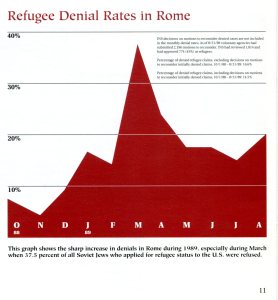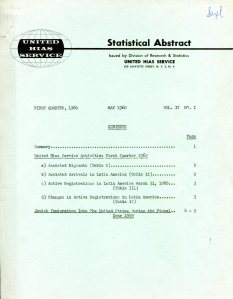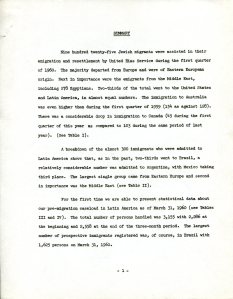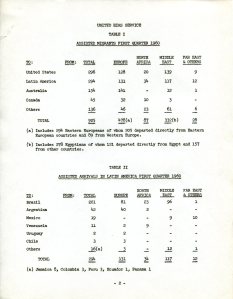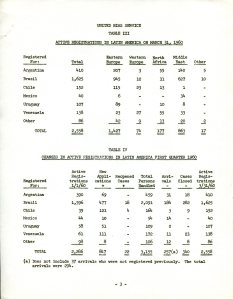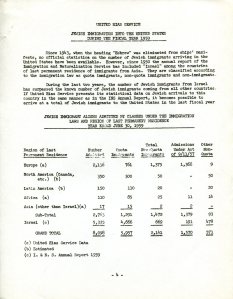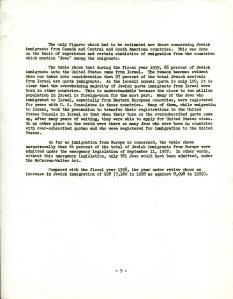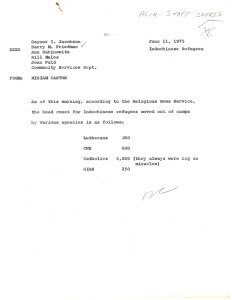The HIAS archives project team has been working on completing the documentation that will make list and describe the collection. We are on schedule to complete the project before the end of 2018. We haven’t been posting often because of our deadline, but couldn’t resist posting this.
Yesterday I read an obituary for Natan Wekselbaum, who started the wonderful store Gracious Home in New York City. First a hardware store, but eventually a luxurious housewares store, the business was incredibly successful. And still is, although the family no longer owns it.
The obituary can be found here.
Natan’s son Charles said this about his father at his funeral,
One thing he told me on various occasions was that throughout his life he often felt like something of an outsider … In Sancti Spiritus, Cuba, he was called a Jewish person; in Havana, a campesino; and in New York, a Puerto Rican,” he said. “I like to think that the lesson that he took away from this feeling, and carried with him, was that the most important thing is to be yourself, to embrace the uniqueness of character of one’s self and of those around you, and to treat everybody well and with respect no matter where they come from.”
Reading further in his obituary I suspected that HIAS may have been involved with his immigration into the United States. This is what I read, a not uncommon story from among HIAS clients:
His father had left Soviet Russia around 1920 because of anti-Semitism and planned to settle in the United States. But, apparently told that the American government was wary of Communist infiltration and that he would have to go to a nearby country first, he landed in Cuba, liked it, began working as a peddler there and remained.
Natan Wekselbaum graduated from the University of Havana, where he majored in business and accounting and joined the family business importing and distributing cosmetics, health and beauty supplies, stationery and hardware.
When Fidel Castro seized power, the family business faltered, and Mr. Wekselbaum, at 27, left for the United States in 1961 with his wife and infant son. He was the last of his siblings to leave. His parents followed several years later.
Were Natan and his family helped by HIAS?
Because many of the thousands of clients helped by HIAS in the second half of the 20th century are listed in the database that was part of our HIAS archives project, it’s easy to check to see if someone’s name is listed. Feel free to follow the link and search on your own relatives or friends who immigrated to the United States between about 1950 and 2000. Perhaps HIAS helped them as well.
